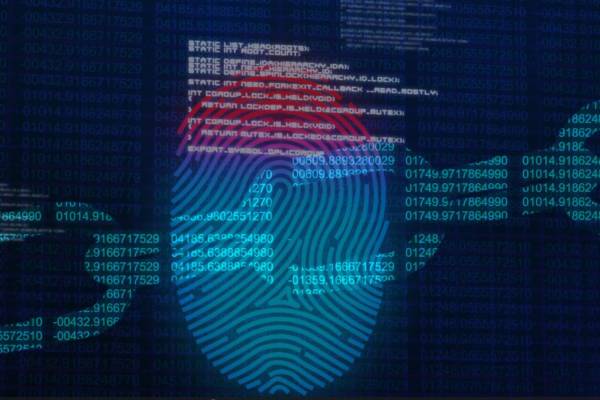There is more than one solution
All the best practices detailed in this article sound great, of course, but how do you turn them into the reality of an automated and integrated identity lifecycle?
Naturally, there are several options available for HR-based identity lifecycle solutions, but their feasibility often depends on the capabilities of the HR platform that has been adopted by the business.
Modern HR platforms generally offer direct integration with identity solutions like Azure Active Directory (now know as Entra ID) or Okta. At the other end of the scale, some HR platforms do not provide direct integration capabilities, meaning that any lifecycle automation has to start with a data export from the source HR application.
At Silversands, we recognise the complexities, considerations and limitations inherent in any HR-based identity lifecycle management function. Accordingly, we offer a range of solutions tailored to address various requirements, including using Azure AD Lifecycle Workflows, Azure Automation, Power Automate or Azure Logic Apps, or other tailored solutions, depending on how the source HR application integrates into the process, the scale of the requirement and the availability of existing licencing, amongst other factors.
How can Silversands help with your HR-based identity lifecycle management?
Our broad expertise in this area allows us to navigate the intricacies of HR-based identity lifecycle management and provide customised solutions that align with your specific needs. Whether you require integration with Azure AD or export-based approaches targeting your on-premises Active Directory, Silversands can offer the expertise and support to create an effective identity lifecycle management solution.


